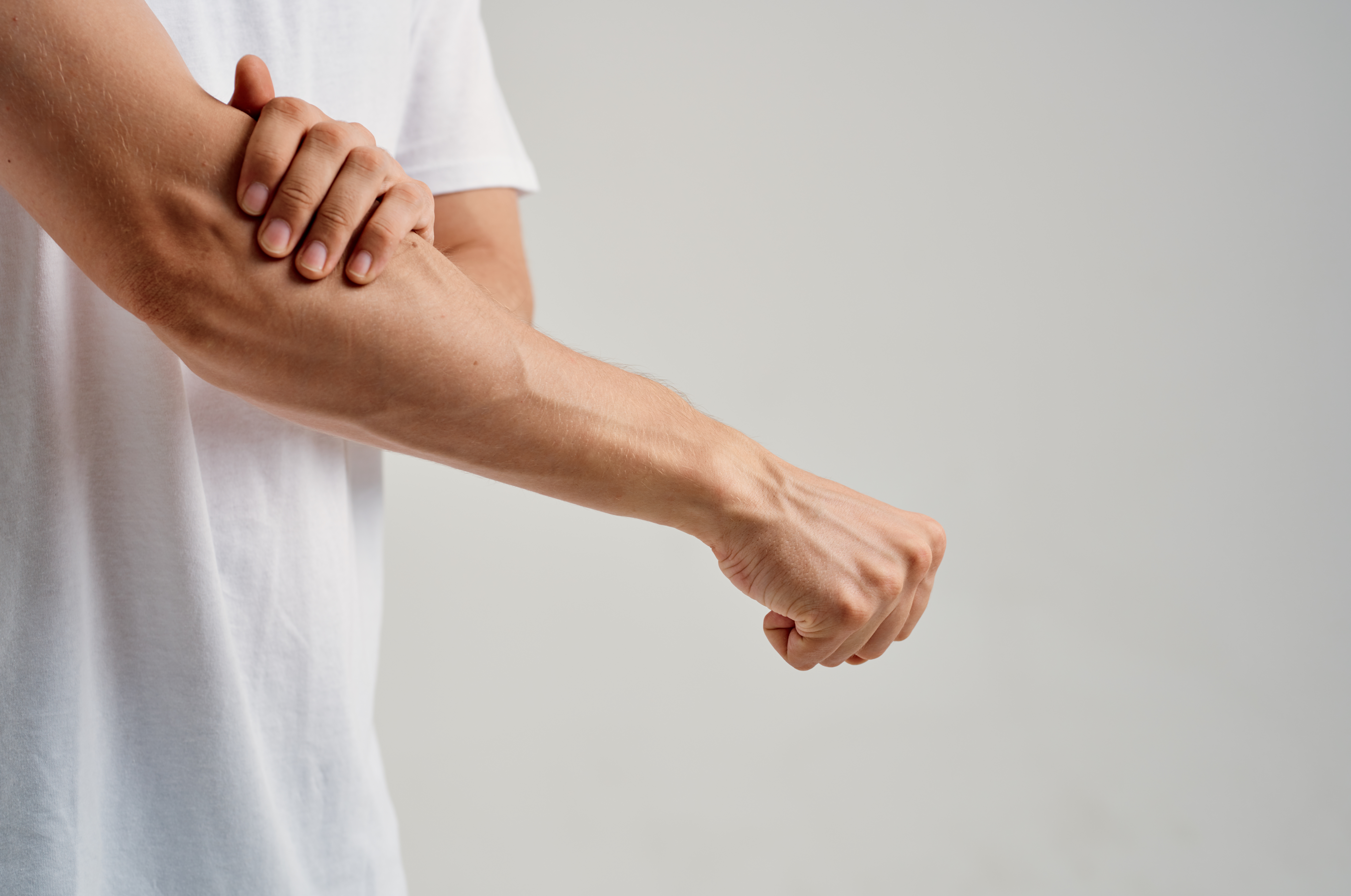

The radial head is the end of the radius bone at your elbow. Together the radial head, the ulnar and the humerus bones form the elbow joint, allowing flexion and extension of the elbow and rotation of the forearm.
Common causes of a radial head fracture
A radial head fracture can occur during a fall when you land on an outstretched arm.
The impact of the radial head into the articulating surface of the humerus fractures the bone.
 Common treatments
Common treatments
For a fracture that is non-displaced or minimally displaced, less than 2mm of migration the fracture can generally be treated conservatively with a sling and elbow exercises.
The sling should not be worn all the time as the elbow can quickly become stiff and secondary problems can arise in the shoulder and neck. If the fracture is displaced or if there is a dislocation as well, a referral to a hand surgeon would be recommended.
Exercises and recovery
Range of motion exercises include flexion, extension and forearm rotation. It is important to complete your exercises within a pain-free range.
Exercises should be completed regularly throughout the day to ensure progress is made. Light use of the hand can also aid in recovery.
Your hand therapist can issue you with appropriate exercises.
For more information on a broken elbow, or to discuss any issues with hands, wrist or arms, please don’t hesitate to give us a call here. We’d be more than happy to help.
